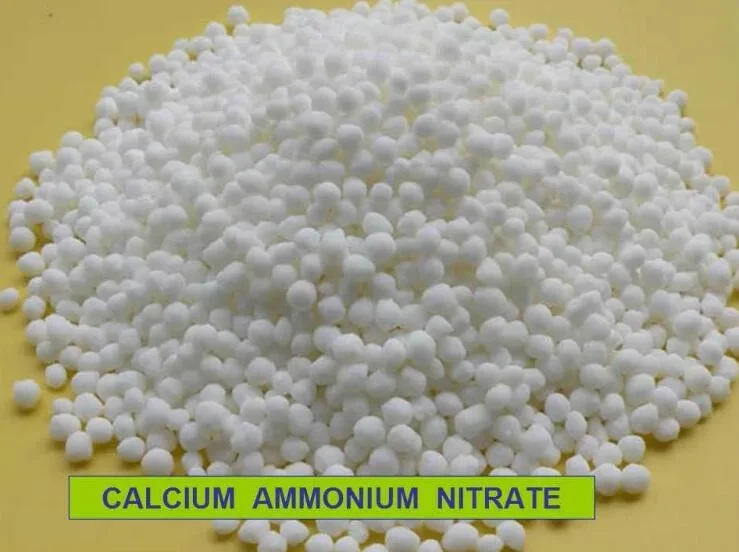



chemicals used in effluent treatment plant
Chemicals Used in Effluent Treatment Plants A Comprehensive Overview
Effluent treatment plants (ETPs) play a crucial role in managing wastewater generated by various industries, ensuring that it is treated before being released back into the environment. The process of treating effluent involves several stages, each utilizing specific chemicals to enhance efficiency and efficacy. This article provides an overview of the key chemicals used in effluent treatment plants and their respective functions.
1. Coagulants and Flocculants
Coagulants are chemical agents that help in the agglomeration of solid particles suspended in water. Commonly used coagulants include aluminum sulfate (alum), ferric chloride, and polyaluminum chloride. When added to wastewater, these chemicals neutralize the charges on the suspended solids, allowing them to come together and form larger particles or flocs.
Flocculants are often used in conjunction with coagulants to promote further aggregation of flocs. Common flocculants include polyacrylamides and natural polymers like starch. These agents enhance sedimentation and improve the clarity of treated effluent, making them crucial in the primary treatment stage.
2. pH Adjusters
The pH of wastewater can significantly affect the efficacy of various treatment processes. pH adjusters such as sulfuric acid, hydrochloric acid, sodium hydroxide, and sodium bicarbonate are used to maintain an optimal pH range for effective treatment. For instance, acidic conditions may be required to dissolve certain heavy metals, while alkaline conditions can enhance the precipitation of phosphates.
Maintaining the right pH is essential not only for the removal of contaminants but also for protecting microbial communities in biological treatment stages.
Oxidizing agents, including chlorine, ozone, and hydrogen peroxide, are utilized in the disinfection phase of effluent treatment. These chemicals help in the removal of pathogens, viruses, and other harmful microorganisms. Chlorine is one of the most commonly used oxidizing agents due to its effectiveness and cost-efficiency; however, concerns about the formation of harmful by-products, such as trihalomethanes (THMs), have led to a greater focus on alternatives like ozone and UV light for disinfection.
chemicals used in effluent treatment plant

Ozone, in particular, is noted for its potent oxidizing properties, effectively breaking down organic pollutants without leaving harmful residues. However, the generation and handling of ozone require specialized equipment and safety measures.
4. Nutrients
In biological treatment stages, the growth of microorganisms responsible for breaking down organic matter requires essential nutrients, primarily nitrogen and phosphorus. Chemicals such as ammonium sulfate and potassium phosphate are added to ensure that microbial cultures thrive and effectively degrade pollutants in the effluent. Striking the right balance of nutrients is vital, as excess nutrients can lead to further environmental issues, including eutrophication of receiving waters.
5. Adsorbents
Activated carbon is widely used in effluent treatment plants for its adsorptive properties. It helps in the removal of dissolved organic compounds, color, and odor from wastewater. The porous structure of activated carbon provides a large surface area for adsorption, making it highly effective in polishing treated effluents before discharge or reuse.
6. Heavy Metal Removers
To address the presence of heavy metals in industrial effluents, specific chemical agents are employed. Compounds such as sodium sulfide, calcium carbonate, or phosphate-based reagents can precipitate heavy metals, making them easier to remove through sedimentation or filtration. This process is essential to prevent heavy metal contamination of water bodies, which can have dire ecological and health impacts.
Conclusion
Effluent treatment plants utilize a diverse array of chemicals to effectively manage and treat wastewater. Each chemical serves a specific purpose, from the initial coagulation of solids to the final disinfection of treated effluent. Understanding the role of these chemicals is crucial for optimizing treatment processes and ensuring compliance with environmental regulations. As technology advances and environmental standards become more stringent, the development and implementation of innovative chemical treatments will continue to evolve, fostering sustainable practices in wastewater management and protection of public health and the environment.
-
Why Sodium Persulfate Is Everywhere NowNewsJul.07,2025
-
Why Polyacrylamide Is in High DemandNewsJul.07,2025
-
Understanding Paint Chemicals and Their ApplicationsNewsJul.07,2025
-
Smart Use Of Mining ChemicalsNewsJul.07,2025
-
Practical Uses of Potassium MonopersulfateNewsJul.07,2025
-
Agrochemicals In Real FarmingNewsJul.07,2025
-
Sodium Chlorite Hot UsesNewsJul.01,2025










